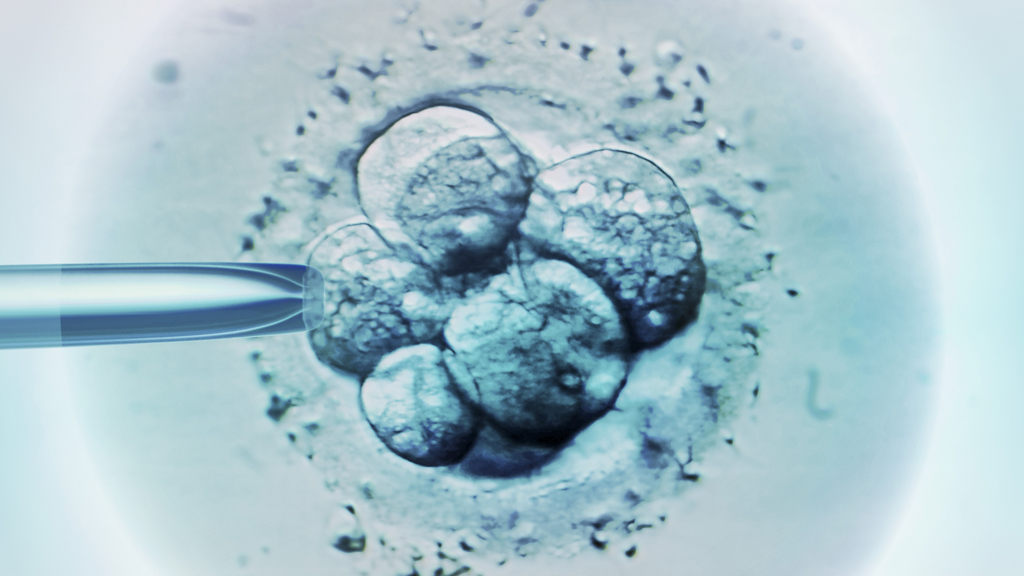Human genetic modification: a bold step forward or a slippery slope?
Well they’ve only gone and done it. A team of Chinese scientists have published research showing that they have used “gene editing” techniques to manipulate the DNA of a human embryo.
Rumours had circulated for months about such a research “taboo” being broken leading to calls for some countries (China in particular) to rein in genetic research and not proceed without international consensus.
The Chinese research team led by Junjiu Huang, a researcher at Sun Yat-sen University in Guangzhou, said they used embryos which were not viable and would never have developed into a fully formed embryo. They used a gene editing technique called CRISPR/Cas9 to insert a healthy version of a gene involved in a life-threatening condition called beta-thalassaemia.
Despite their claim that their embryos were not, and could not have grown into foetuses, the announcement has prompted criticism from many of their peers. Geneticists in Europe and the US worry that work on the safety and effectiveness of gene editing hasn’t yet been demonstrated in other non-germline tissues. Rushing in to manipulate embryos – even unviable ones – carries the research too far.
“This is a significant departure from currently accepted research practice,” said Prof Shirley Hodgson at St Georges University of London.
“Any proposal to do germline genetic manipulation should be very carefully considered by international regulatory bodies before it should be considered as a serious research prospect.”
Changing the DNA that programmes new life or “germline” of human embryos is illegal in the UK and banned in many other countries. The medical, and ethical risks of implanting a genetically modified embryo into a mother are regarded as too great to justify any benefits research.
However, pioneering techniques that allow researchers to insert or remove genes into living cells have led to research labs around the world trying to use them to remove or correct disease genes.
“Such announcement was inevitable, sooner rather than later. We clearly have a lot of thinking to do,” said Professor Darren Griffin at the University of Kent. “Germline manipulation is currently illegal in the UK but the question is bound to be asked whether this should change, especially if the safety concerns are allayed.”
For now, the safety concerns very much remain. Prof Huang’s team describe how they successfully inserted the gene into embryos, but that the effect was patchy. But they also found that the gene editing method introduced a large number of accidental errors into other parts of the embryo’s DNA.
As such, they claim, the research demonstrates how the technique is not yet suitable for use in a clinical setting. Some would regard that as an important scientific step. Others argue it’s an unnecessary and dangerous step too far which could jeopardise gene editing research for treating inherited diseases and HIV in adults that are nearly in the clinic.
Follow @TomClarkeC4 on Twitter
